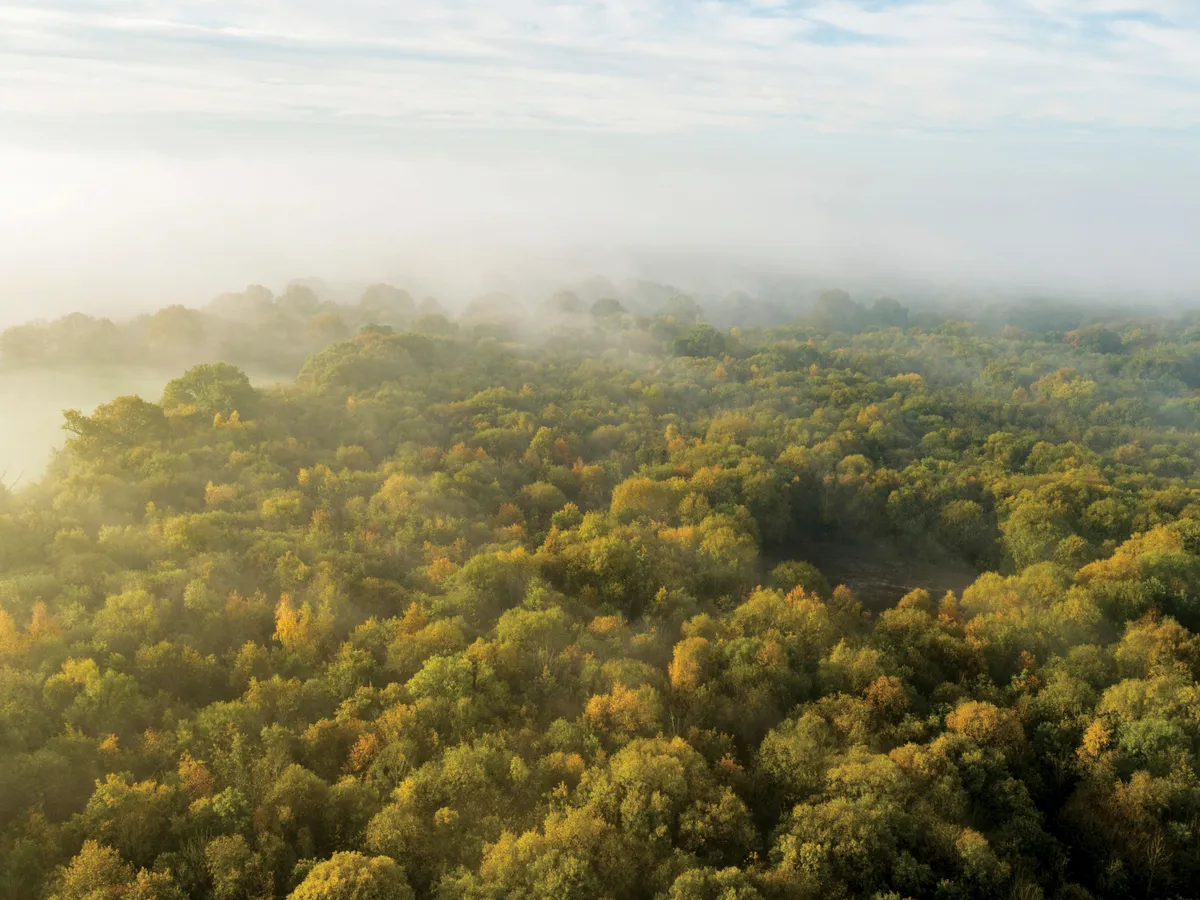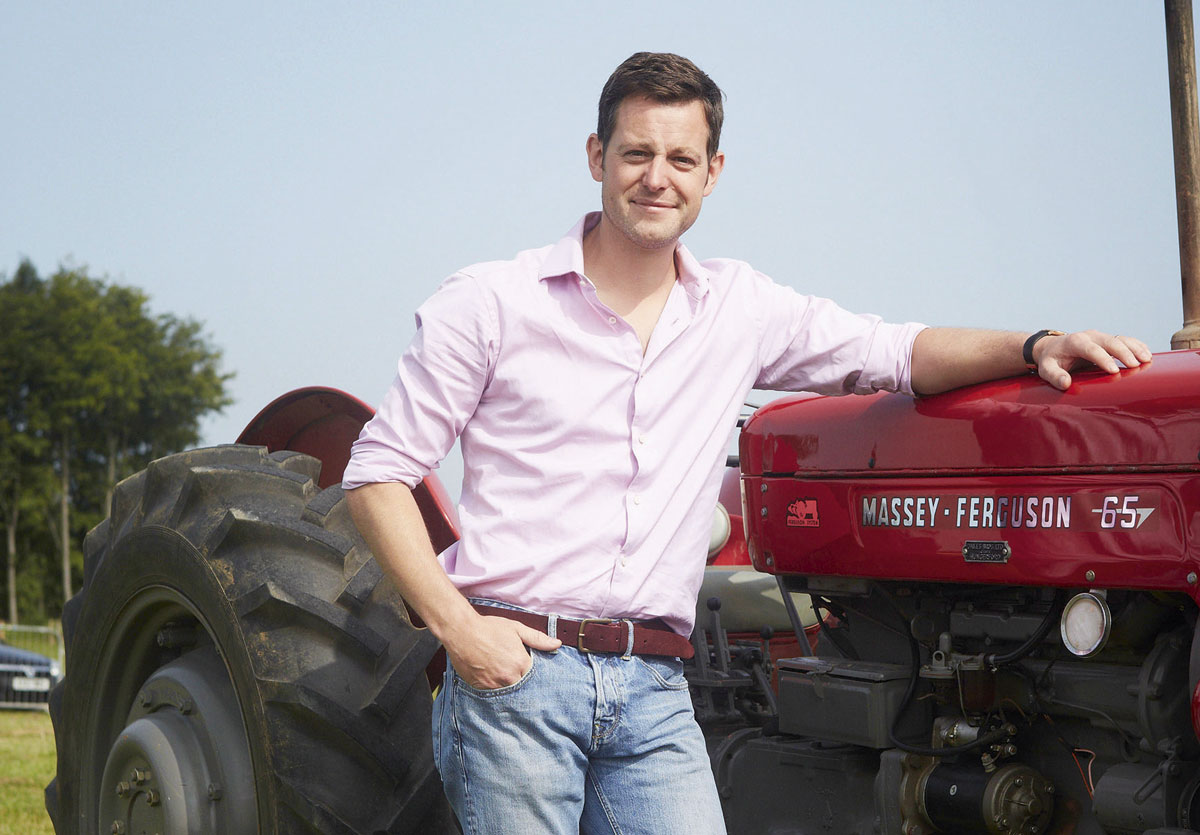I have always known that the 20 acres of woodland that skirts the bottom of our farm is special, but recently it’s come to light that it’s much more than just a haven for the wildlife I would watch as I swung like Tarzan among the branches or ran like Robin Hood through the glades as a boy. During a recent review of our farm for potential entrance into the highest level of Natural England’s scheme to protect wildlife and its habitats alongside agriculture, we have uprooted an ancient past that dates back to the reign of Charles II.

Any native woodland that is over 400 years old is classed as ancient. It’s arguably our richest wildlife habitat in Britain and is scarce, covering less than 2 percent of the UK’s landmass; it appears that my childhood playground is in that minority. Ancient woodland is Britain’s equivalent to the rainforests and it is irreplaceable. I can certainly see the comparison between the forests of Brazil I’ve been lucky to explore and bits of our wood that have been allowed to run wild, only accessible to those wielding a machete. The comparison on a more scientific level relates to the humid, damp conditions that only come about thanks to the rich investment of time.
Britain has already lost half of the ancient woodland that existed in 1930 and unless urgent action is taken now, vast areas of these old tangled wild woods of oak, ash, elm, alder and lime, together with smaller trees and shrubs such as hazel, hawthorn and holly, are in danger of losing their wildlife value forever.
I can’t help but wonder who was on our land in the 1600s planting these trees, making part of the ancient boundary of Durham city. Who has passed beneath their branches since then? What local myths, legends and secrets they must have heard. As I brush the leaves off a large flat stone lying under an old oak by the water course I wonder if this is, as my dad has always said, the final resting place of a knight of the realm.
While our woods have always been a special place to walk, we’re now looking further into their structure and creation, exploring how our leafy wonderland became home to an enormous array of wildlife, including a number of the north-east’s dwindling species of woodland birds, combined with a diverse range of flora and fauna in this historic ecosystem.
So, what happens next? Well, the contents of all 20 acres, from delicate wild flowers and lichens to the sturdy old gnarled oaks, will be photographed, mapped and sampled, allowing us to draw up a plan to sympathetically manage the environment. With some coppicing, clearing and the planting of 350 native samplings, the precious inhabitants can regenerate and thrive. Although we have very few non-native species, the advice we’ve been given is to remove them by ring barking, the process of completely removing a strip of bark to slowly kill the tree. With this method we can remove individual trees from the ecologically protected area without damaging the surrounding growth.
The tragedy of the loss of our native historic woodland is that so much was caused directly by grants that encouraged converting them for agricultural use and the planting of conifers.
As my family has discovered, both the Forestry Commission and Natural England are now actively encouraging the restoration of ancient woodland sites just like ours, but you can’t help but ask how the need to double British food production by 2050 will affect the now-rare trees that have thrived for centuries.
For us, it doesn’t seem to be so much of an issue. Most of our farm is not prime arable land, and as far as we’re concerned it is better conserved for future generations of both the human and animal variety. We plan to introduce nesting boxes and encourage educational visits to our hide so that we can share our little gem on the north-eastern bird corridor and safeguard it for many more years to come.

